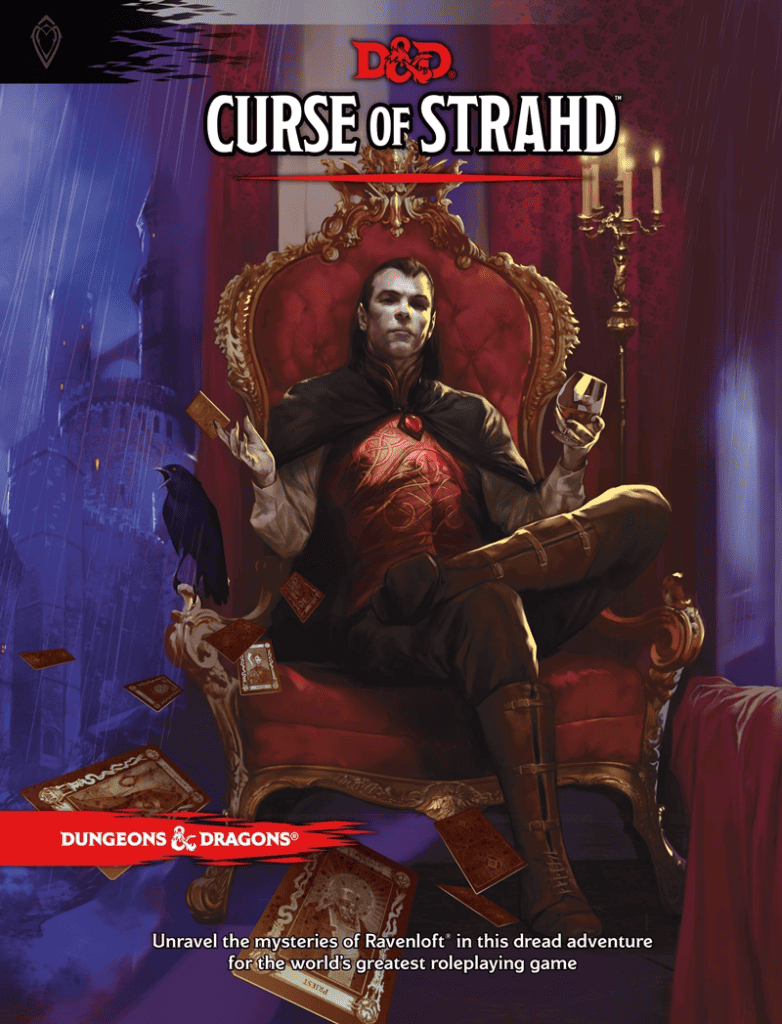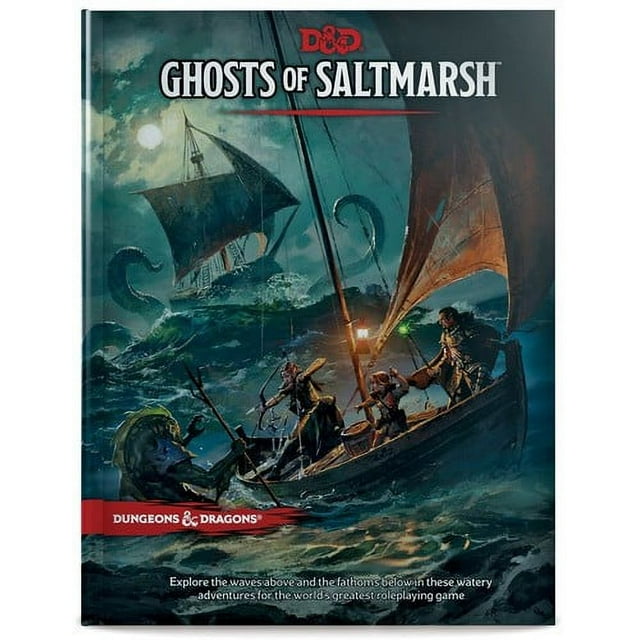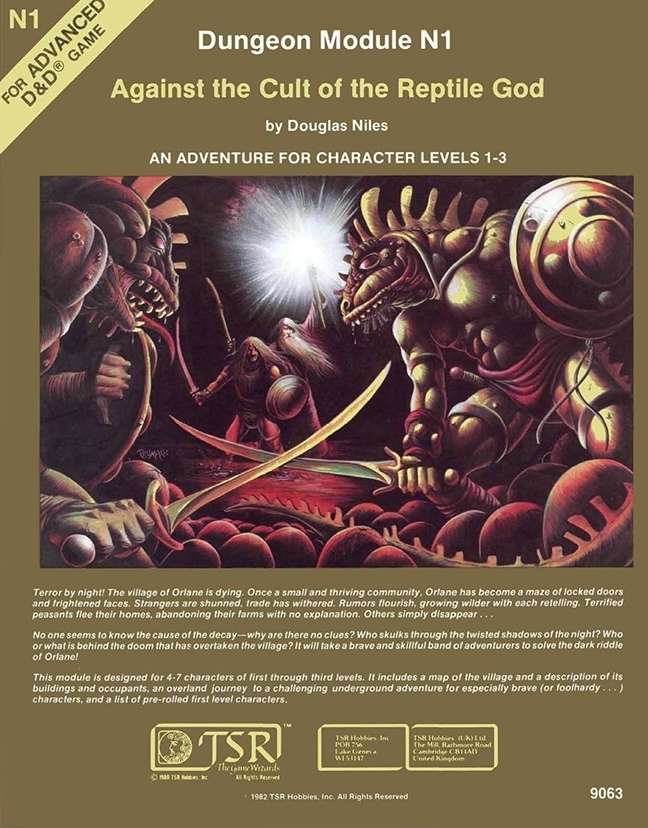Last Updated on November 16, 2023
One of my favorite things about a game of Dungeons & Dragons is that it can be as long, or short, as it needs to be.
Table of Contents
Short DnD Campaign Options
Let’s start with a couple of quick terms to identify:
One Shot: A One-Shot is a short adventure that can be completed in a single session of play – about 4-6 hours. If this is the time frame you’re looking for, check out a one-shot.
Adventures and Campaigns: In D&D, an adventure is usually used to refer to a series of scenes or events, and a campaign refers to a series of adventures.
Think of it like the difference between an episode of TV and a whole season. The terms tend to get a bit blurred so don’t get hung up on Adventure vs Campaign.
For reference, the D&D starter adventure Lost Mines of Phandelver will probably give you 20 or 30 hours of playtime. I would consider this a fairly short DnD adventure.
5 Excellent D&D Adventures for Short Campaigns
These 5 are our favorites for short adventures to run that are part of short campaigns.
1. Lost Mines of Phandelver
The widely lauded adventure from the Dungeons & Dragons 5e starter set has just enough encounters to be called a mini-campaign. From goblin and bugbear-infested caves to evil wizards, the Lost Mines of Phandelver is a great adventure for new DMs and players alike. It also includes an excellent starter town and a dragon.

As a short campaign, it’s basically perfect in size and scope. Run it as is.
2. Curse of Strahd – Ravenloft
Curse of Strahd — which pulls the PCs into the gothic-horror pocket dimension of Barovia to match wits with the ancient, incredibly powerful vampire Count Strahd Von Zarovich — ticks all the boxes for a short D&D campaign.
It presents a magically restricted area and an adventure with a clearly defined goal (kill Strahd). You get a few places to explore and a few NPCs to encounter, but you can also just head straight to the castle and beat some vampire ass.

3. Ghosts of Saltmarsh
Ghosts of Saltmarsh collects and updates the series of adventures (The Sinister Secret of Saltmarsh, Danger at Dunwater, and The Final Enemy) by TSR UK, written for Basic D&D in the 80s.
It’s a great series of escalating encounters that build in scale and could easily all be dealt with within the scope of a short campaign.

4. Against the Cult of the Reptile God
A classic starter adventure that could easily provide a jumping-off point into a short campaign, Against the Cult of the Reptile God pits the player characters against a sinister organization taking over the small town of Orlane.
It has a little bit of everything: a town in the grip of dark forces, cultist ambushes, a trek through a dangerous swamp, and a final confrontation in a dungeon with a dangerous, serpentine foe.

If I were running this adventure as part of a short campaign, I would probably use Against the Cult of the Reptile God as its first half (it takes about three to four sessions, depending on how quickly your players find the cult).
From there, you could either keep the focus on the town of Orlane — perhaps the absence of the Spirit Naga Explicita Defilus from the temple now creates space for a new, more dangerous threat to move in — or on the cult itself, which is now angling to take down the PCs in revenge.
5. The Veiled Society
Another slightly weirder “classic” adventure, The Veiled Society is an urban mystery that’s very light on combat and even lighter on monsters. What it has instead, however, is political intrigue, a grisly murder, and a riot.
If you want to run a more investigative, almost hard-boiled style of campaign, setting it in the city of Specularum is a solid choice.
The plot of this adventure is mysterious enough that you could either stretch it out into a series of adventures or you could just continue the story of feuding noble families after the discovery and eradication of the Veiled Society.
Of course, if the party fails to stop the society, a campaign that’s all about proving their innocence and bringing down a corrupt aristocracy is also great.
I played my first tabletop RPG (Pathfinder 1e, specifically) in college. I rocked up late to the first session with an unread rulebook and a human bard called Nick Jugger. It was a rocky start but I had a blast and now, the better part of a decade later, I play, write, and write about tabletop RPGs (mostly 5e, but also PBtA, Forged in the Dark and OSR) games for a living, which is wild.
